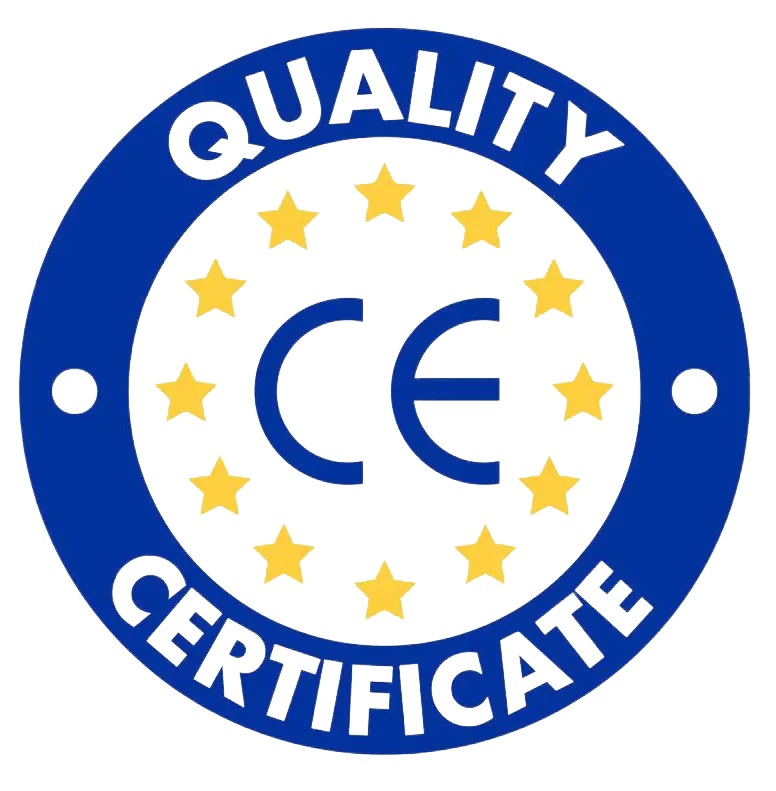Types of Seals in the Packaging Industry
Induction Seal
Heat Seal
Metal Can Lid (Canning Lid)
Metal Cap
Vacuum Seal
In this article, we will first explore induction sealing, and in future articles, we will explain the other types.
Induction Seal:
One of the fastest and most widely used sealing methods is the induction process. This technique is especially effective for products with screw or snap-on lids.
In addition to lidded containers, some lidless containers—such as glass or paper cups—can also be sealed using this method.
How an Induction Sealing Machine Works:
In induction sealing, a magnetic field and ultrasonic waves (completely safe) generate heat by increasing the temperature of conductive materials. Through this process, an aluminum foil seal, known as a seal liner, is used to hermetically close containers.
(We will explain seal liners in detail in future content.)
Although seal liners may look similar, each one is specifically designed based on the material and diameter of the container opening.
Induction Sealing Process:
To seal via induction, the appropriate seal liner must first be placed inside the cap of the container. After the lid is closed, the sealed container is passed under an induction sealing machine. This machine uses a non-contact magnetic field to heat the aluminum layer in the liner. The rising temperature causes the inner layer of the liner to melt slightly and bond to the container’s rim like glue.
On average, the induction sealing process takes less than 2 seconds, making it one of the fastest sealing techniques available.
Importantly, the process is non-contact, meaning that no metal should be directly exposed to the induction head. Direct heating of exposed metal beneath the sealing head could cause thermal damage to the machine over time.
What if the container has a metal lid?
This is a common question. For containers with metal caps, induction sealing isn’t directly feasible. In high-volume production facilities, metal caps must be replaced with plastic ones for sealing. In low-volume businesses, the container can be sealed with a plastic lid first, and the metal lid can then be applied afterward.
Applications of Induction Sealing:
This method is suitable for virtually any industry using lidded containers, including:
Food and beverage
Pharmaceutical
Cosmetic and personal care
Chemical
Industrial sectors
It is currently considered the best and most efficient sealing method for product safety and integrity.
Due to its speed, reliability, and broad applicability, induction sealing has become an essential need for modern manufacturers.






